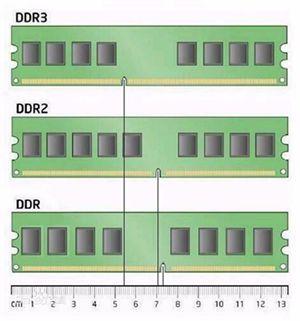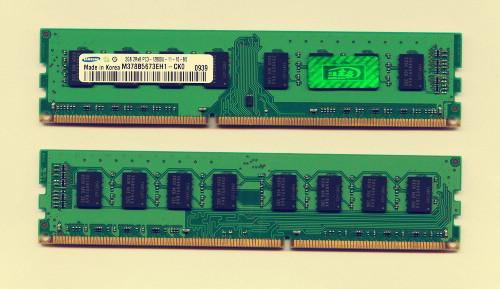Computer run slowly, may be your DRAM memory–Best Worldwide wholesale DRAM memory supplier

Through the bus addressable DRAM memory chips are CPU, and to read and write operations of computer parts. DRAM memory chips in the PC history as the expansion of the main memory. As computer hardware and software technology constantly updated,DRAM memory chips has become a read/write memory as a whole. We usually say the size of the computer memory (RAM), which refers to the total capacity of memory chips.
Best Worldwide wholesale DRAM memory supplier–OS-STORE (Worldwide Wholesale online).You can choose a best suited to your computer’s DRAM memory. Include: Samsung, Micron,Hynix, elpida, Nanya and Kingston etc well-known brands dram memory, we have more Server DRAM Memory, waiting for you to choose and buy.
By OS-STORE.



